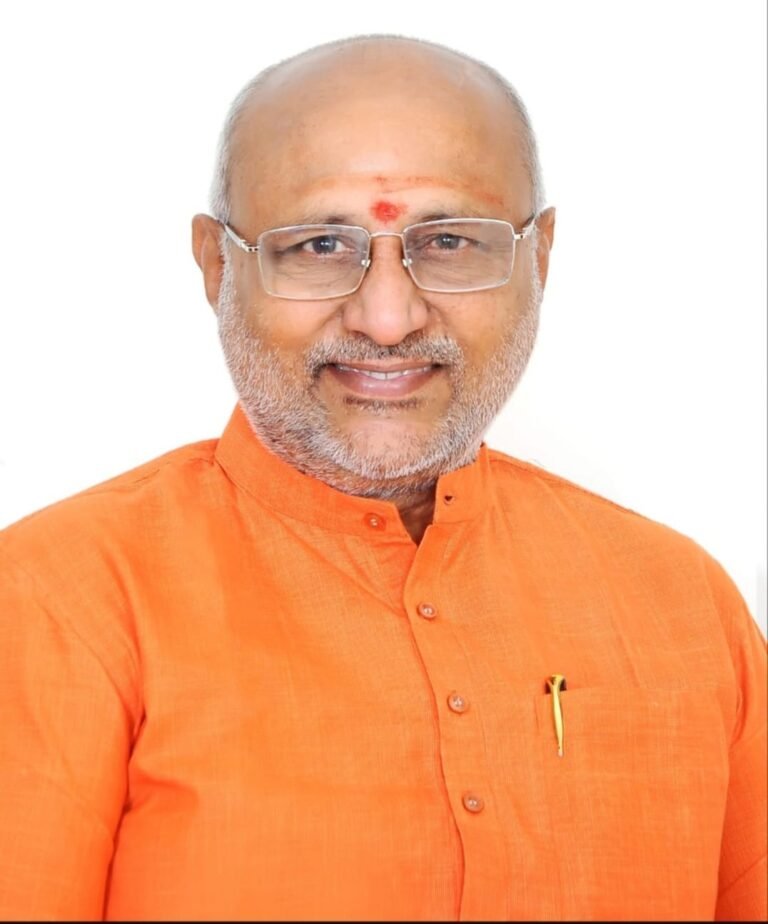
The year 2025 marks a pivotal era for the Indian fashion and textile industry. With advancements in technology, evolving consumer preferences, and the growing urgency for sustainable practices, the sector is navigating uncharted waters. This blog explores the transformative trends shaping the industry and projects how they might unfold in the near future.
Sustainability as a Non-Negotiable Standard
By 2025, sustainability has moved from being a buzzword to a fundamental pillar of the fashion industry. Brands are increasingly adopting regenerative farming practices for raw materials like organic cotton, bamboo, and hemp. Technologies such as bio-engineered fabrics and lab-grown leather have become more accessible, revolutionizing material sourcing.
Indian brands, once slow adopters, now lead the charge with innovative solutions. For instance, manufacturers use waterless dyeing technologies and adopt solar-powered energy systems in production units. The introduction of blockchain technology ensures transparency across the supply chain, helping consumers verify the authenticity of sustainability claims.
Governments worldwide have begun enforcing strict carbon neutrality goals, compelling Indian exporters to align with green mandates. As a result, India’s fashion industry is setting benchmarks for global players while maintaining a competitive edge.
Advanced Technology Redefining Retail Experience
In 2025, fashion retail in India is a tech-driven experience. Virtual reality (VR) and augmented reality (AR) tools now offer hyper-personalized shopping experiences. Imagine stepping into a virtual store where you can “try on” clothes from the comfort of your home, with garments custom-fitted using AI-based body measurements.
Artificial Intelligence has also enhanced inventory management. Retailers analyze vast datasets to predict trends and avoid overproduction, effectively reducing waste. Indian fashion marketplaces, including Myntra and AJIO, have embraced AI-driven chatbots that curate outfits based on individual preferences, past purchases, and even weather forecasts.
The metaverse has entered the Indian fashion landscape as well, allowing brands to showcase digital-only collections. Virtual fashion shows in the metaverse have become commonplace, blending creativity with cutting-edge technology and captivating global audiences.
The Rise of Indie Brands and Artisan Collaborations
Independent brands continue to flourish in 2025, thanks to a growing consumer preference for authenticity and individuality. These brands are carving a niche by promoting traditional crafts infused with modern aesthetics. Platforms like Instagram Shopping and Shopify have enabled these small players to reach global audiences, bypassing the traditional retail structure.
Artisan collaborations are also gaining traction, driven by government-backed initiatives like Craft India 4.0, which connects rural artisans with contemporary designers. This movement not only preserves heritage crafts but also provides artisans with sustainable livelihoods. For example, block printing from Rajasthan and Chikankari embroidery from Lucknow have found new expression in contemporary fashion, appealing to millennials and Gen Z alike.
Athleisure’s Evolution into Lifestyle Wear

Athleisure has evolved into a broader lifestyle category in 2025, combining functionality with style for every aspect of daily life. Sustainable activewear has become a significant focus, with materials like algae-based fabrics and biodegradable elastics entering the market.
The demand for versatile clothing that transitions from yoga class to casual outings has soared. Indian brands are now creating collections that incorporate Ayurveda-inspired fabrics infused with natural dyes and herbal treatments. This aligns with the global wellness trend, positioning India as a hub for mindful fashion.
Additionally, collaborations between sportswear giants and local artisans have led to unique designs that celebrate Indian culture while meeting global performance standards.
Inclusivity and Gender Fluidity as the New Norm
Inclusivity is no longer just an aspiration—it’s a core value in the Indian fashion scene by 2025. Size-inclusive collections and adaptive clothing for people with disabilities have become mainstream. Gender-fluid fashion, which challenges traditional norms, is celebrated through bold collections that cater to non-binary and transgender individuals.
Global campaigns like Fashion for All have inspired Indian brands to embrace diverse models and rethink their sizing charts. At the same time, Indian consumers have grown more accepting of androgynous fashion, driven by progressive representation in media and pop culture.
Strengthening India-UK Textile Partnerships

India’s robust textile trade relationship with the UK has further solidified by 2025, with bilateral trade agreements fostering growth. The India-UK Fashion Forward Initiative has enabled knowledge exchange between designers, promoting eco-friendly practices and innovative technologies.
Iconic UK brands like Marks & Spencer and Burberry now source an even greater percentage of their collections from India. At the same time, Indian brands are making inroads into UK retail spaces, showcasing their craftsmanship and sustainable ethos.
Addressing Industry Challenges with Innovation
While 2025 promises growth, challenges persist. Rising raw material costs, labor shortages, and global economic uncertainties require continuous adaptation. However, Indian textile manufacturers are leveraging automation and artificial intelligence to streamline operations.
The adoption of Industry 5.0 principles—focusing on human-machine collaboration—has improved efficiency and reduced production errors. Furthermore, partnerships with international research institutions are driving innovation in fabric technologies and sustainable solutions.
Conclusion: India’s Bright Future in Fashion and Textiles
The year 2025 underscores India’s position as a global leader in fashion and textiles. The industry’s ability to balance tradition with innovation, sustainability with growth, and inclusivity with personalization sets it apart on the world stage.
As Indian brands continue to adapt to global demands and embrace futuristic trends, the nation’s textile story remains a source of inspiration for markets worldwide. The road ahead is one of opportunity, creativity, and resilience—a testament to the dynamic spirit of Indian fashion.













